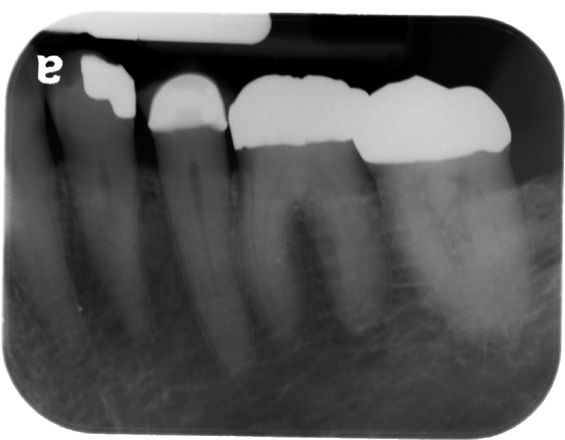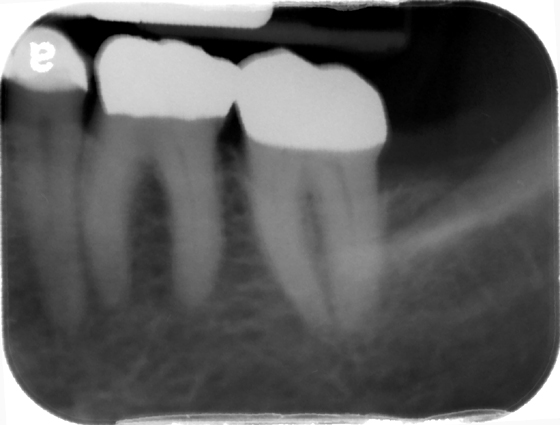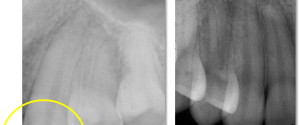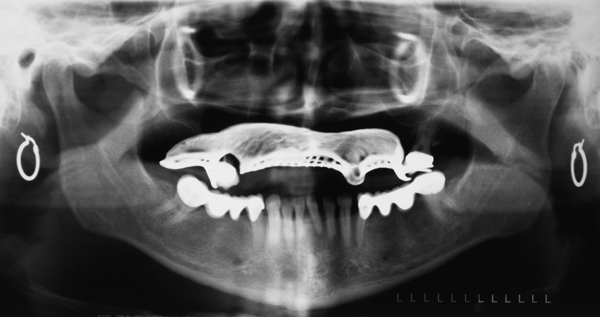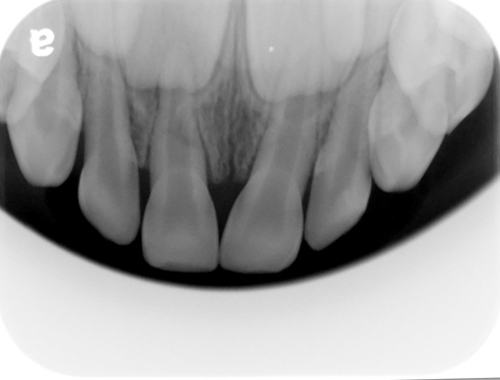Today I’m onto image sharpness. There are three different characteristics we will be looking at; target size, film composition and patient movement.
Target size
The target size is just that, the target size in an x ray unit. This is fixed by the manufacturer and cannot be changed by the operator. A point target will provide the sharpest image possible. The problem with a point target is that it is so small it cannot withstand all the heat generated during x ray production and will melt (meaning you would need to replace your x ray unit). So the thought would be to go for a larger target to help with heat dissipation. A large target creates x rays on all edges of the target resulting in a double border appearance of the object being imaged. This results in a decreased sharpness. The area between these two borders is referred to as penumbra. Dental x ray unit manufacturers have split the difference creating a target size that is in the middle. It is not a point target but not large enough that the penumbra effects the diagnostic image quality of a radiograph.
 Diagram showing different size targets and image sharpness
Diagram showing different size targets and image sharpness
 Enlarged image showing penumbra from largest sized target
Enlarged image showing penumbra from largest sized target
Film composition
The film composition refers to the silver halide grain size. This does not include any digital imaging system. For D speed film, the silver halide grains are smaller (compared to F speed). A smaller silver halide grain means more grains on a film (similar to a higher megapixel camera). This will result in an increased sharpness of the image. For F speed film, the silver halide grains are larger (compared to D speed). A larger silver halide grain means less grains on a film (similar to a lower megapixel camera). This will result in a decreased sharpness of the image.
Patient movement
Patient movement is how much or little the patient moves during an exposure. While this is out of the hands of the operator, it is still important to watch the patient during the exposure for any obvious movement. Decreased patient movement meaning the patient was completely still results in an increased sharpness of the image. Increased patient movement meaning there was some movement results in a decreased image sharpness of the image.
Take home points
Smaller target size = Increased sharpness
Larger target size = Decreased sharpness (with penumbra)
Smaller film silver halide grain size (i.e. D speed film) = Increased sharpness
Larger film silver halide grain size (i.e. F speed film) = Decreased sharpness
Decreased patient movement = Increased sharpness
Increased patient movement = Decreased sharpness
Next week: Image density
Should you have any questions or thoughts on this topic, please let me know.
Thanks and enjoy!
